

Unkover your competitors’ Marketing Secrets
Say goodbye to wasting hours on competitor analysis by equipping your team with an AI-driven, always-on competitive intelligence platform.


Say goodbye to wasting hours on competitor analysis by equipping your team with an AI-driven, always-on competitive intelligence platform.

Stay Ahead with AI-DRIVEN Competitive Intelligence
Unkover is your AI-driven Competitive Intelligence team delivering critical updates about your competitors the moment they happen:
Track your competitors website changes
Why spend all day stalking the competition when you don’t have to?
With Unkover, you’ll know instantly when your competitors tweak their messaging or shake up their pricing. No more endless scrolling through their sites or second-guessing your strategies.
Let us do the heavy lifting for you, ensuring you’re always in the loop by notifying you the moment a critical change happens on your competitor’s pages.
Sit back, relax, and keep winning—Unkover makes sure you’re not just in the game, you’re always a step ahead.


Read your competitors emails
Companies love updating their customers and prospects about relevant news, product updates, and special offers.
That juicy info from your competitors? It’s yours too. Unkover will automatically capture all their emails and bring them right to your doorstep—accessible to your entire team, anytime.
[COMING SOON: Our fine-tuned AI will sift through these emails, extract key information and send them over to the best team within your org. Less noise, more signal!]
We hear you! Unkover’s goal is not to flood you with tons of data points that no one in your team will ever read. We gather competitive intelligence from thousands of data sources and use AI to highlight actionable information to the right team in your company.
Say goodbye to noise. We’re 100% signal.
ROADMAP
We’re excited to get Unkover in your hands as soon as possible and keep building the best competitive intelligence tool with your precious feedback. The roadmap for the next few months is already exciting, so take a look!
While we build and deliver, here’s our promise to you: as an early tester and customer, you’ll lock in an exclusive bargain price we’ll never offer again in the future.

Spy on your competitors’ full marketing strategy: social, ads, content marketing, email flows, and more.

Track competitive Win/Loss analysis and build battle cards. Get alerted at every pricing change.

Get immediate alerts when competitors announce new features or major releases. Identify strengths and weaknesses from online reviews.

Get the competitive intelligence you need where you need it: Slack, eMail, MS Teams, Salesforce, Hubspot, Pipedrive and more.
slack integration
Unkover’s Slack integration lets you keep your whole team up to speed with your competitors’ updates.

Join now to lock in an exclusive 50% lifetime discount
For startups and small teams, it’s the essential toolkit you need to keep an eye on a select few competitors.

Up to 5 competitors

50 pages monitored

10 email workflows

3-day data refresh
$39
/per month
$ 79
50% discount
Billed annually
For growing businesses, it allows you to monitor more competitors, pages, and email workflows.

Up to 10 competitors

100 pages monitored

20 email workflows

1-day data refresh
$79
/per month
$ 159
50% discount
Billed annually
For large companies, it is tailored to meet the needs of multiple teams needing granular insights.

Custom number of competitors

Custom number of pages monitored

Custom number of email workflows

Hourly data refresh
Custom price
Billed annually

With 43% of B2B buyers preferring a rep-free experience, startups worldwide can no longer afford to ignore the product-led growth model.
But how can you transition to product-led sales when you’re used to the traditional sales environment?
In today’s guide, we attempt to answer this question.
Quick refresher
The product-led growth (PLG) strategy works on a “bottom-up” model.
Instead of requiring prospects to fill a lengthy form to book a demo with a sales rep, the model focuses on a free trial or freemium plan to bring a product to market.
The PLG model creates instant value for users.
Case in point: Users who signed up for Lusha immediately receive five free bank credits and accurate prospect contact data in a click. “Take out the manual sales process, buyer qualification, and make the product free to start using, and easy to adopt,” Yoni Tserruya shares with Breadcrumbs on how companies can start transitioning to product-led sales.
The co-founder and CEO of Lusha continues, “Make it such an integral part of your user’s day-to-day business needs at an affordable price, and they’ll grow with your product. Make it easy for existing users to invite new users and incentivize them.”
According to Craig Elias, a “trigger event” is the exact moment when a prospect moves from being uninterested in your product to being in the market for a solution.
To identify this “trigger event,” conduct research on your target customers.
By digging deep into your audience’s buying behavior, you determine a myriad of insights like the triggers that (a) made them sign up for a free trial and (b) upgrade to a paid plan.

As Wes Bush writes in ProductLed, these insights from your research are the foundation. of. everything. You’ll know what you need to write in your sales copy, what features to include (and exclude) in your product, what content to prioritize, etc.
For Messaged, customer research helped the team understand the sales tactics that suit them best.
“The research phase uncovered a variety of benefits for us, one of the main ones being that it is very cheap.”
Dan Ni, CEO of Messaged
Dan Ni and his team wouldn’t have discovered how much they could save and scale back if it weren’t for customer research.
“It was surprising to find out that the product-led sales strategy gets you rapid feedback, especially on a minimum viable product,” reveals the CEO of Messaged.
“And after finding out how this strategy has become so popular with Saas companies, we quickly discovered that it is one of the best ways to bring focus to your services because that is exactly what the transition does. All your resources are driven towards putting it in the limelight.”
A product-qualified lead (PQL) is a lead who’s experienced the core value of your product through a freemium or free trial.
A PQL sits between the marketing qualified lead (MQL) and sales qualified lead (SQL).
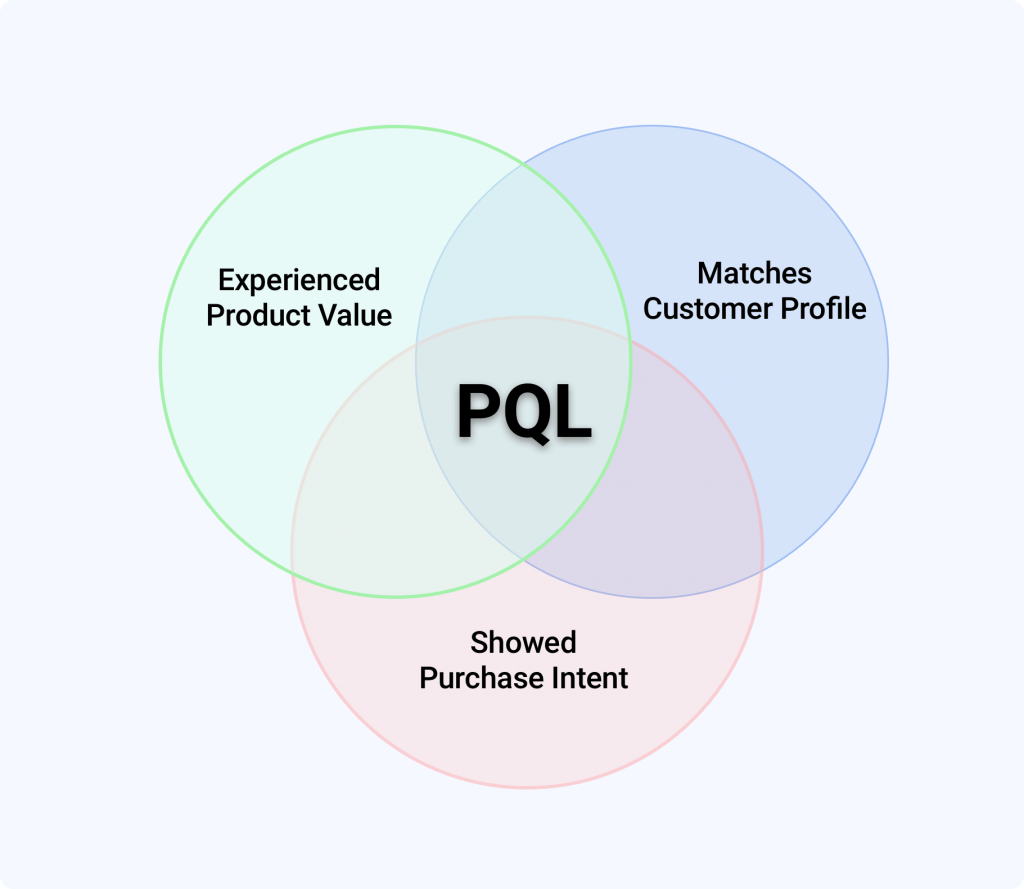
To identify and track these PQLs, define your value metrics (e.g., feature adoption rate, customer lifetime value [CLTV]). These metrics reflect your product’s “aha” moment.
Quick example Paperless, a contract management startup, defines its value metric as the number of documents completed. Its PQL is someone who has sent at least three documents in a month. Tip: These product analytics can be tracked in product engagement tools like Pendo.
As you define your PQL metrics and criteria, refer to your ideal customer profiles (ICPs) or buyer personas for more context on the lead’s background.
Better yet, use a lead scoring tool like Breadcrumbs to combine behavioral and demographic data. That way, you can quickly identify ready-to-buy PQLs.

Messaged, the SaaS email marketing automation platform we introduced to you earlier, even filters its PQLs with these additional questions:
“These things along with other factors help us decide if a lead is product qualified,” says Dan.
That said, your product-led sales strategy could still involve some form of manual sales outreach.
For example, if you have a lead actively using your product but for some reason isn’t converting, reach out to them and see if there are any concerns or objections you can address.
Sharad Panwar, a growth marketer at Adaface, adds, “Similarly, if you have a lead who doesn’t fit your ICP but is engaging a lot with your product, you don’t need to prioritize them as much.”
You could continue to nurture them through a targeted and personalized email sequence and consider if you want to broaden your ICP profiling criteria.
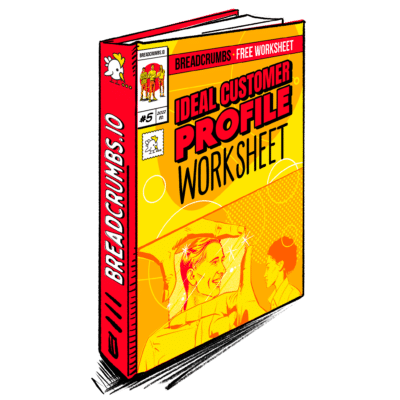
Ebook
Ideal Customer Profile (ICP) Worksheet
Learn how to create an Ideal Customer Profile and build a successful sales strategy with this Ideal Customer Profile (ICP) Worksheet.
Product-led sales is a multi-team effort, so much so that 53% of organizations saw a significant improvement in performance after transitioning to cross-functional collaboration.
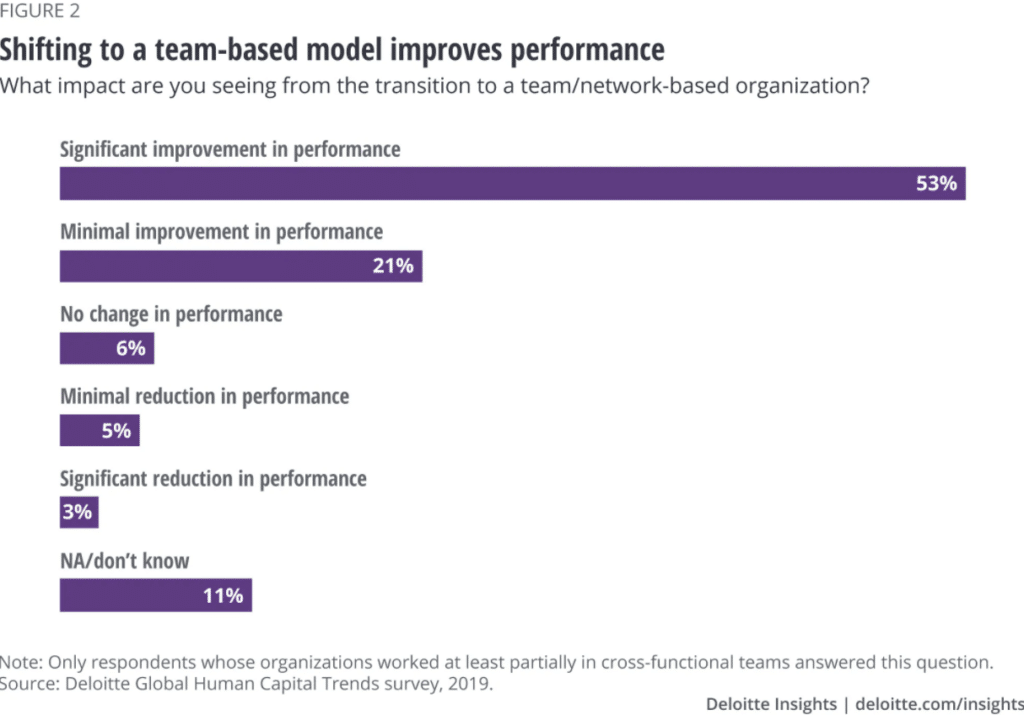
At Adaface, team members from design, tech, marketing, and sales work closely together in its product-led sales strategy.
Even though these different departments are working toward a common goal, they are responsible for their own set of metrics.
According to Wes Bush, founder, and CEO of ProductLed, here are the specific metrics you should focus on:
Learn how to unite different departments and foster cross-functional collaboration in these two guides:
Great product-led growth strategies center around customers—teams would actively reach out to customers and improve based on their feedback.
Your product can only become a vehicle for acquisition and retention if you do this.
Like many PLG-led companies, Castos focuses on product-led customer-centricity.
The founder and CEO even hired a team of inbound coaches to guide his team in focusing on customer satisfaction, such as maintaining a human touch in an automated nurturing and onboarding process.
Craig Hewitt shares with Breadcrumbs:
“The coaches set up our customers on our free plan and helped them realize value from the outset. They also processed large volumes of customer feedback and passed them back to our product teams to refine our offerings.”
One interesting feedback revolved around converting audio files into polished YouTube videos.
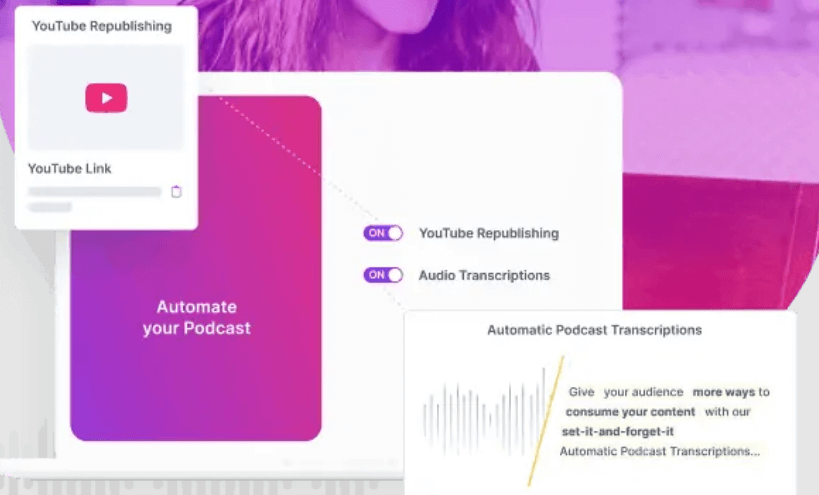
Craig and his team promptly developed a YouTube Republishing feature, which became one of the startup’s most popular tools.
The biggest perk of implementing a product-driven sales strategy is that it’s completely self-serve.
All buyers need to do is sign up for a free trial (or freemium), explore the product in an interactive tour, and click the upgrade button—all within a few clicks of the button and without any interaction with the sales team.
But often, it’s not as straightforward as it looks.
When Chameleon analyzed 214 million product tour interactions, it discovered that the average completion rate was only 47%.
There are multiple reasons behind the low engagement, one being the number of steps involved.
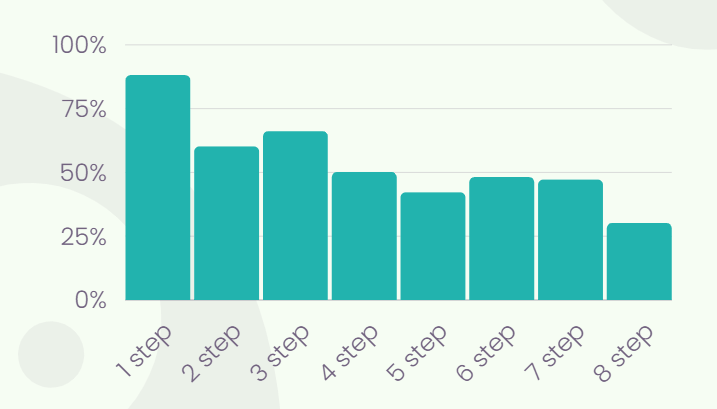
Unsurprisingly enough, the fewer steps, the higher the engagement. For instance, users are 38% more likely to complete a three-step tour than a six-step tour.
Here are three best practices when building an engaging product tour:
An enterprise buyer vs. startup buyer will have different use cases for your product.
Segment your product tour based on the prospect’s background or specific actions.
Use a product analytics tool like Reprise to display personalized content within the tour.
According to Chameleon, embedding media within a product tour can increase time spent by 9%.
Consider adding GIFs, images, or videos for detailed instructions and keep users longer.
Other excellent media include the progress bar and dismiss button.
Sure, a product-led sales strategy is self-serve, but that doesn’t mean you want to remove the human touch altogether, especially if you’re building a community around your startup.
Knoetic, a startup that recently raised $18 million in its Series A funding, built a product-led onboarding and complemented it with white-glove onboarding.
The community team would onboard each customer manually and provide a personalized experience from day one.

Long gone are the days of selling to C-suite executives. Or is it? Today, the…
The product-led sales strategy plays a vital role in revenue acceleration.
Here’s what we’ve covered today:
Let us know how it turns out for you!